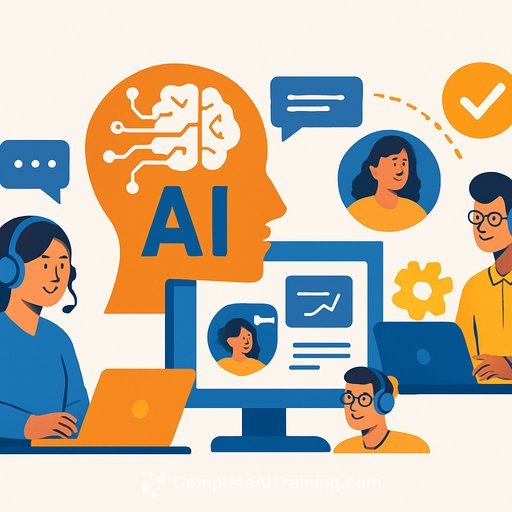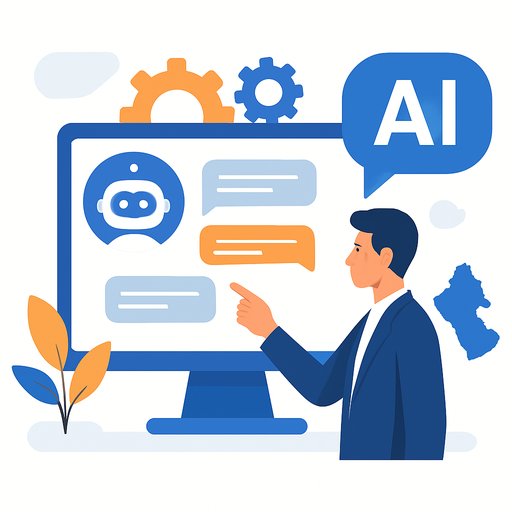AI-driven platforms lift efficiency and service quality across support teams
Support leaders are turning to customer experience AI to cut wait times, raise quality scores, and coach agents with data. NiCE's CXone Mpower is being used across finance, insurance, non-profits, and the public sector to streamline operations and improve both employee and customer outcomes.
Customer outcomes at a glance
- PayPal: Replaced manual QA with AI-based interaction scoring and sentiment analysis. Improved customer sentiment in 10 weeks and rolled out data-led coaching and scheduling for 6,000 staff.
- Fairstone (non-bank lender): Deployed Proactive AI Agent for digital outreach. Achieved a 65% response rate and converted 90% of respondents into booked appointments across 250+ branches.
- Bamboo Insurance: Used AI tools to speed training, tighten feedback loops, and guide more specific customer interactions, leading to faster handling and better satisfaction.
- Alzheimer's Society (UK): Unified voice, email, and routing. Reduced after-call admin and freed time for vulnerable callers by improving prioritisation and channel handling.
- FedPoint: During open enrolment, managed 500,000 calls in 20 days. Cut average answer time from 35s to 15s and lifted quality scores by 13 percentage points.
- Great Southern Bank: Reported a 44% reduction in staff attrition, faster customer interactions, more stable staffing, and lower operating costs after integrating advanced AI features.
Why this matters for customer support
These results point to a clear pattern: AI improves responsiveness, consistency, and coaching at scale. For support leaders under pressure to do more with leaner teams, the gains show up in queue times, quality scores, and retention.
Practical moves to consider
- Start with one workflow: Pick a high-volume use case (billing, password resets, benefits questions) and run a 30-60 day pilot.
- Automate the repetitive: Use virtual agents and intelligent routing for FAQs and status checks; reserve humans for high-emotion or complex cases.
- Build a tight coaching loop: Use AI scoring and sentiment to trigger targeted feedback, micro-learning, and schedule adjustments.
- Standardise outreach: Proactive AI can drive follow-ups and appointment setting so branches and teams stay consistent.
- Protect vulnerable callers: Flag signals of distress and route to specialist queues; reduce post-call wrap with smart summaries.
- Prepare the team: Be clear about what AI measures, how it supports agents, and where humans make the final call.
- Watch data quality and privacy: Set clear policies for recordings, redaction, and model training sources.
KPIs to track
- Speed: Average speed of answer, handle time, first response time.
- Quality: QA scores, sentiment, resolution rate, escalations.
- Efficiency: Self-service containment, deflection, after-call work minutes.
- People: Agent engagement, coaching completion, attrition.
- Customer: CSAT, NPS, complaint rates, appointment conversions.
Fast path to a pilot (30 days)
- Week 1: Choose one channel and one intent. Define success metrics and guardrails.
- Week 2: Train intents with recent transcripts. Set routing and escalation rules.
- Week 3: Turn on AI scoring and auto-summaries. Start daily coaching huddles.
- Week 4: Compare KPIs vs. baseline. Document wins, gaps, and rollout plan.
Industry view: "CX AI is transforming how brands deliver experiences, and NiCE's customers are leading the way … from faster responses and higher customer satisfaction to more empowered employees." - Dan Belanger, President, NiCE Americas.
If you're evaluating platforms, explore the broader CXone ecosystem to map features like AI QA, sentiment, and proactive outreach to your goals. Learn more at NICE CXone.
Need structured upskilling for your team? See AI training paths by job role at Complete AI Training.
Your membership also unlocks:





